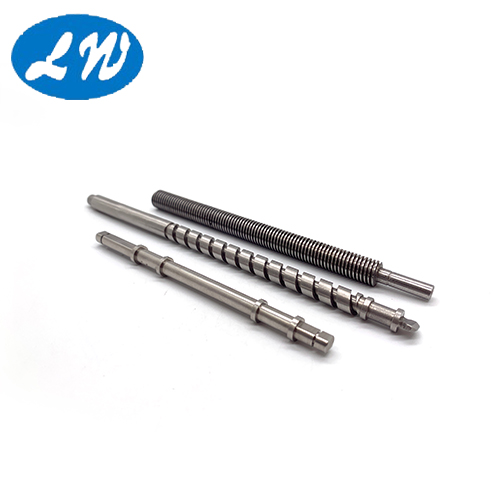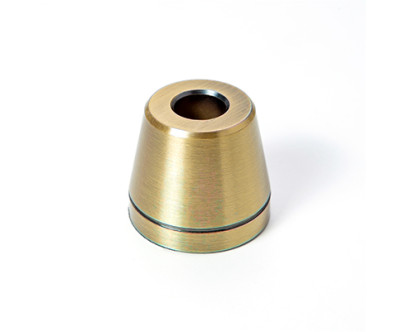How to Improve Precision in Mechanical Shaft Processing
In mechanical engineering, shafts are essential components used to transmit power, torque, and motion. Precision in shaft processing is critical to ensure the reliability, performance, and compatibility of mechanical systems. This article outlines practical and effective ways to improve precision in mechanical shaft machining and production.
Start with High-Quality Raw Materials
Using high-grade steel is the foundation of precision machining. Choose materials with consistent mechanical properties and minimal internal defects. Common materials include alloy steel, carbon steel, and stainless steel. Conduct quality inspections such as ultrasonic or magnetic particle testing before processing.Use Advanced CNC Equipment
Modern CNC machines offer high precision, repeatability, and multi-axis capabilities. They allow for tight tolerance control, sometimes within ±0.005 mm. Machines with thermal compensation and vibration damping features can further improve precision.Apply Proper Workholding Techniques
Incorrect clamping can cause shaft misalignment or deformation. Use steady rests or tailstocks to support long shafts. For smaller diameters, collet chucks ensure better concentricity. Soft jaws or custom fixtures help avoid surface damage during clamping.Control Thermal Deformation
Heat generated during cutting can affect dimensional accuracy. Use cutting fluids to cool the workpiece and tool. Perform roughing and finishing in separate stages to allow material to stabilize. Pre-machining stress relief heat treatment can also reduce internal stresses.Use Precision Grinding and Finishing
Grinding improves both dimensional accuracy and surface finish. Cylindrical grinding is suitable for tight diameter tolerances. Centerless grinding is efficient for high-volume production. Honing or lapping can be applied for fine surface finish and roundness requirements.Implement In-Process Measurement
Real-time monitoring helps catch deviations early. Use probing systems in CNC machines to verify dimensions during cutting. External tools such as micrometers, dial indicators, and CMMs (Coordinate Measuring Machines) are important for final inspection. Recording data in an SPC (Statistical Process Control) system helps monitor production trends.Maintain Tools and Equipment
Worn tools and misaligned machines reduce accuracy. Replace cutting tools regularly. Calibrate machines periodically. Keep machine components clean and lubricated. Use tool wear monitoring systems when available.Optimize Cutting Parameters
Choose appropriate feed rates, speeds, and depth of cut based on material type, tool coating, and required surface finish. Slower speeds may improve precision but increase cycle time. Balance performance and productivity based on real-world testing.Train Skilled Operators
Even the best machines need experienced operators. Train workers to read technical drawings, understand tolerances, and perform setups correctly. Proper training reduces errors and improves consistency.Design for Manufacturability
Precision starts with design. Avoid unnecessary tight tolerances. Use clear datums and simplify complex features where possible. Working with manufacturing engineers during the design phase helps ensure the shaft is easier to machine and inspect.
Conclusion
Improving precision in shaft processing is a multi-step effort involving quality materials, accurate machines, smart process control, and skilled labor. By focusing on these key areas, manufacturers can consistently produce shafts that meet high standards and deliver reliable performance in various industrial applications.



